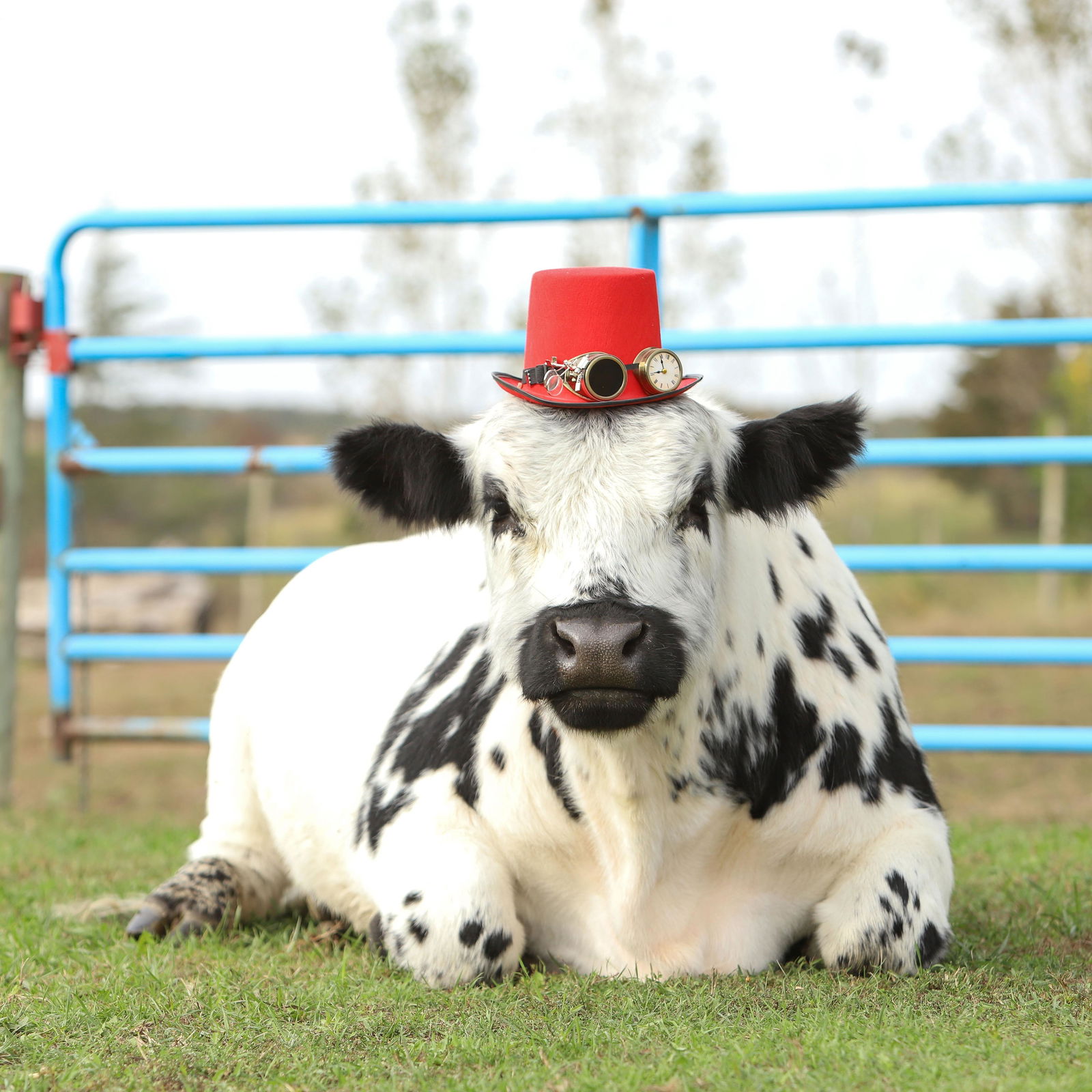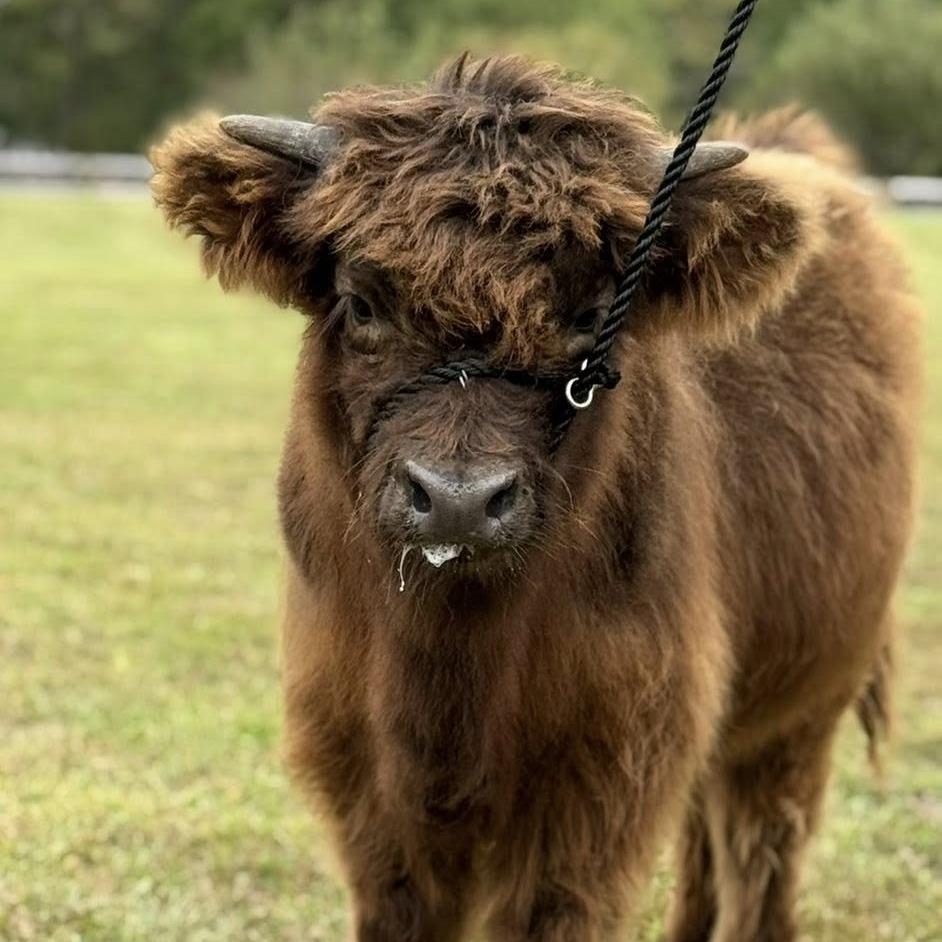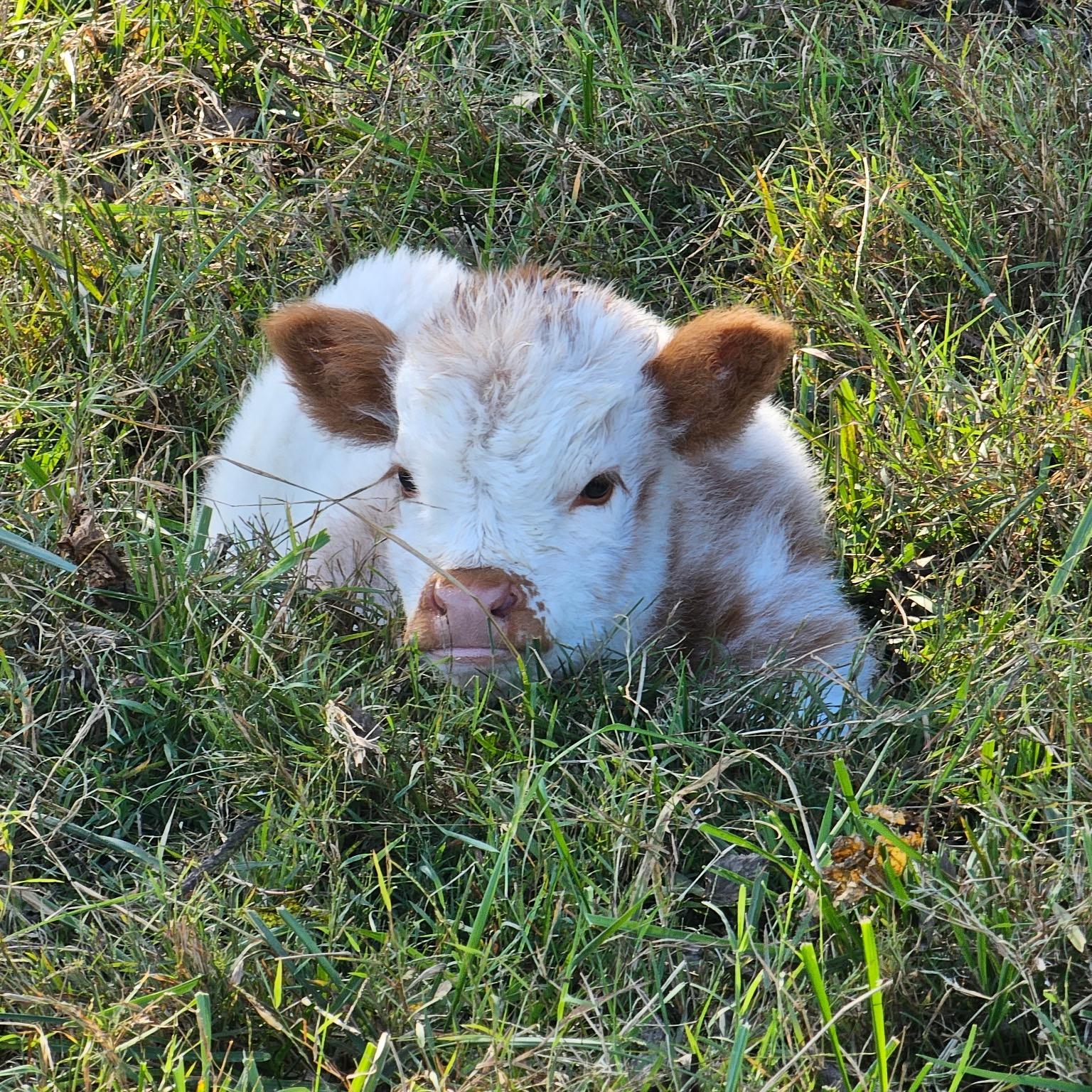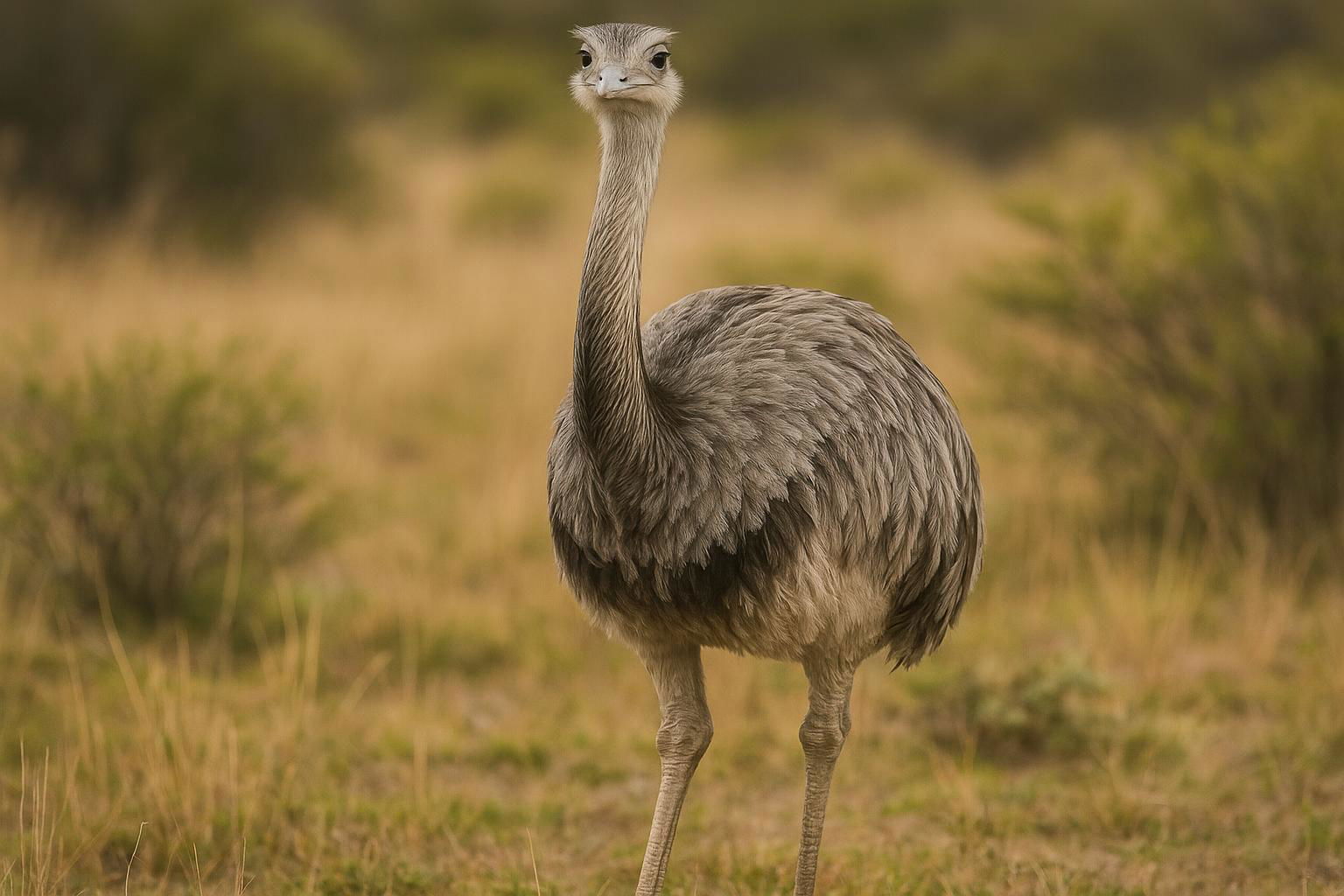
Greater
The Greater Rhea, scientifically known as Rhea americana, is a majestic flightless bird native to the open grasslands, savannas, and scrublands of South America. As the largest bird on the continent, this breed can reach heights of up to 5 feet (1.5 meters) and can weigh between 44 to 88 pounds (20 to 40 kilograms). The Greater Rhea is distinguished by its long, powerful legs and large, three-toed feet, allowing it to run at impressive speeds to evade predators. Its plumage is predominantly gray or pale brown, with fluffy feathers lending the bird a somewhat shaggy appearance.
This bird exhibits a polygamous mating system, where a single male mates with multiple females. An interesting aspect of their behavior is that once the eggs are laid, the males take responsibility for incubating the eggs and raising the chicks. The Greater Rhea's diet is omnivorous, consisting of a wide variety of plants, fruits, seeds, and insects, allowing them to thrive in diverse environments. Social creatures by nature, they often mingle in groups called herds, particularly during the non-breeding season.
Despite their adaptability, Greater Rheas have faced habitat loss and hunting pressures, leading to declining populations. Conservation efforts are essential to ensure the survival of this iconic species and preserve the rich biodiversity of their ecosystems.
Colors: Gray, Brown, White, Pied

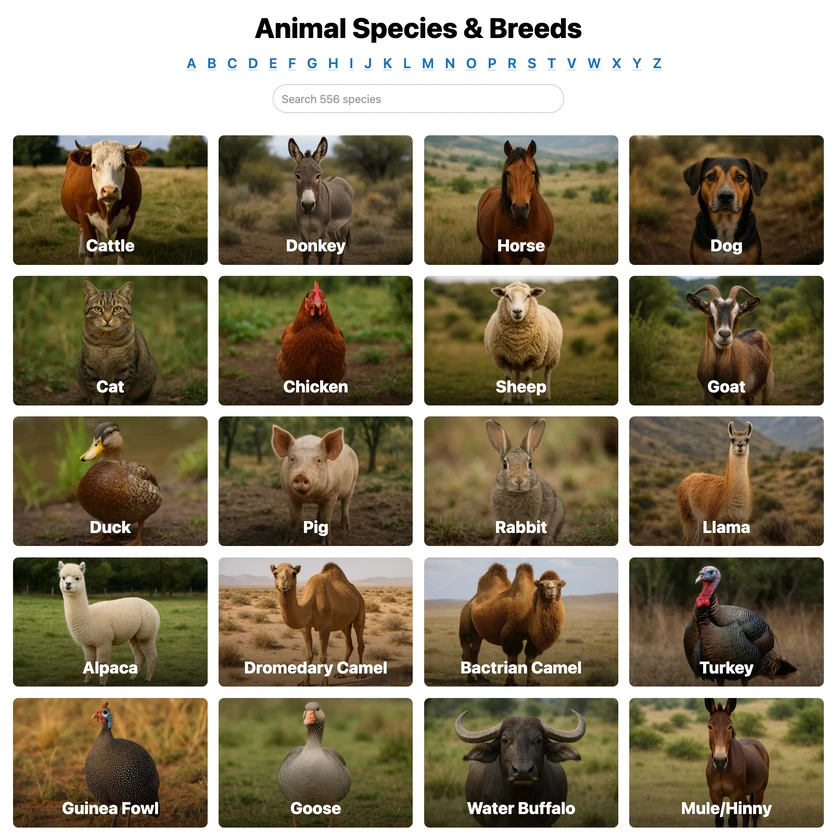 All Species & Breeds
All Species & Breeds
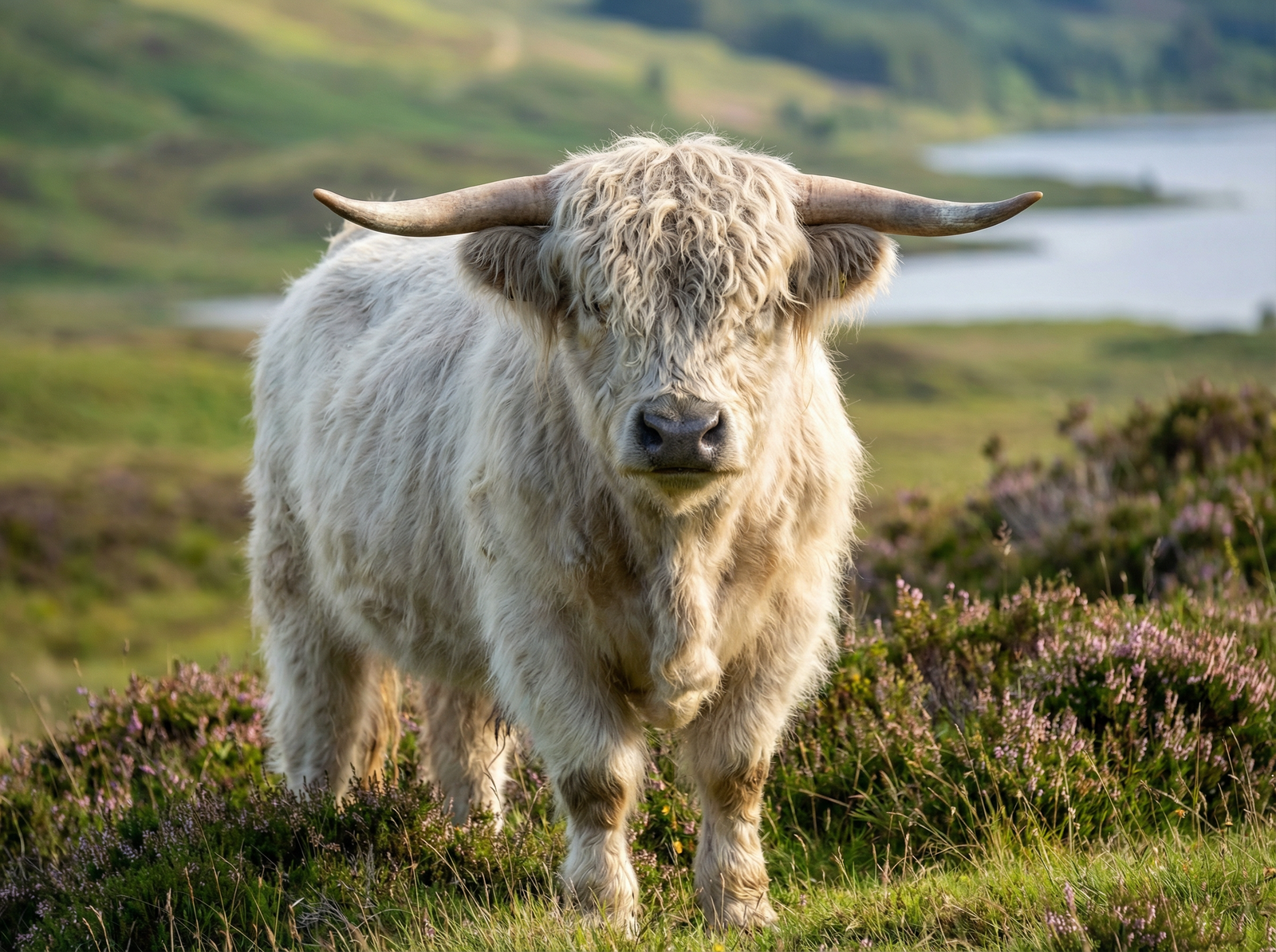 Highland Cattle
Highland Cattle
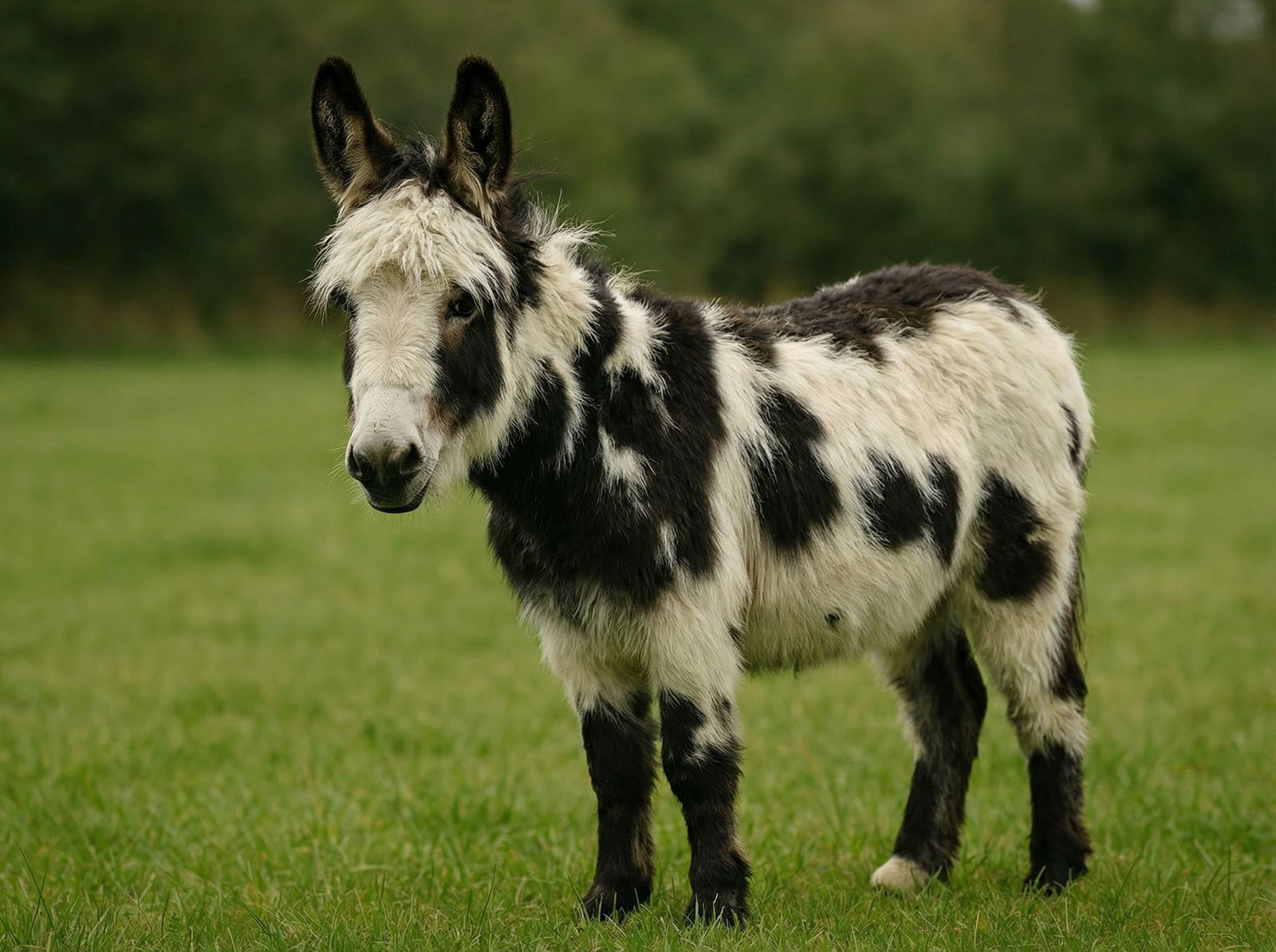 Miniature Donkeys
Miniature Donkeys
 All Species Directory
All Species Directory
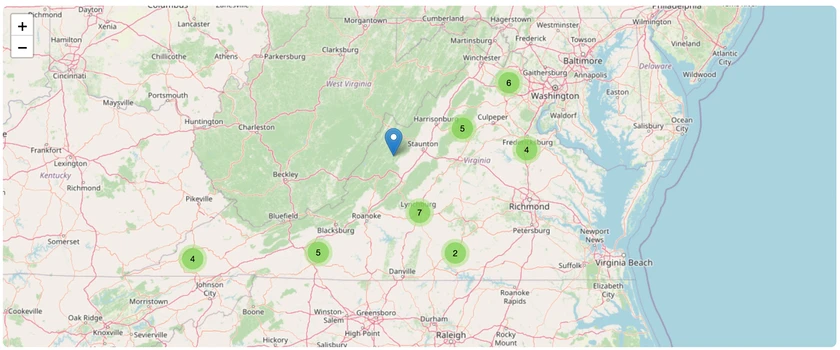 Highland Cattle in Virginia
Highland Cattle in Virginia
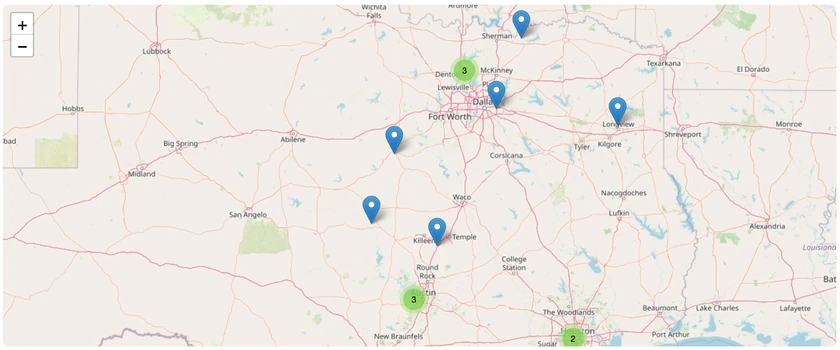 Miniature Donkeys in Texas
Miniature Donkeys in Texas
